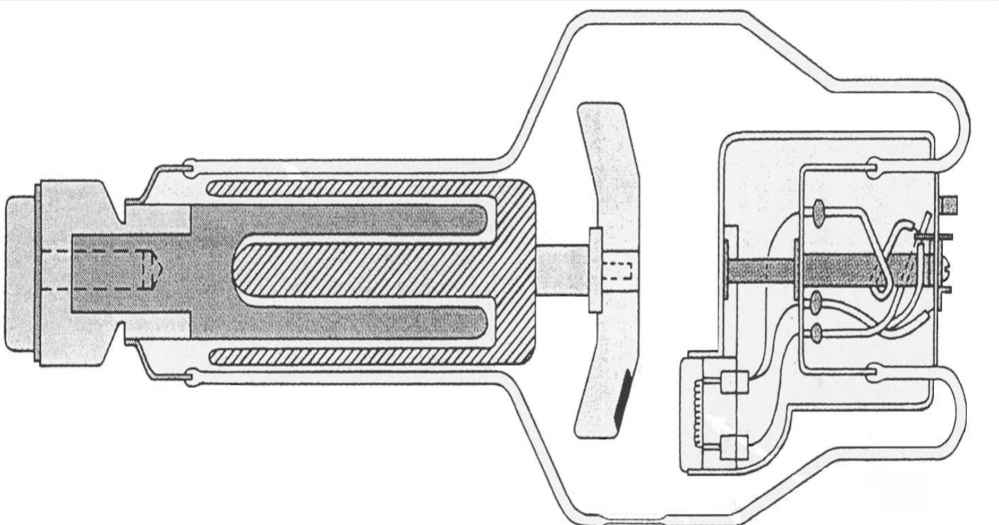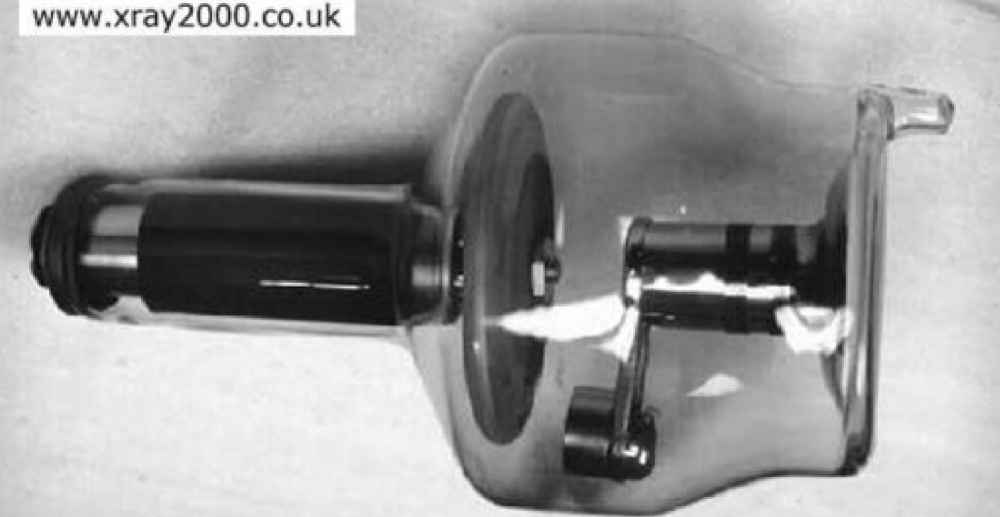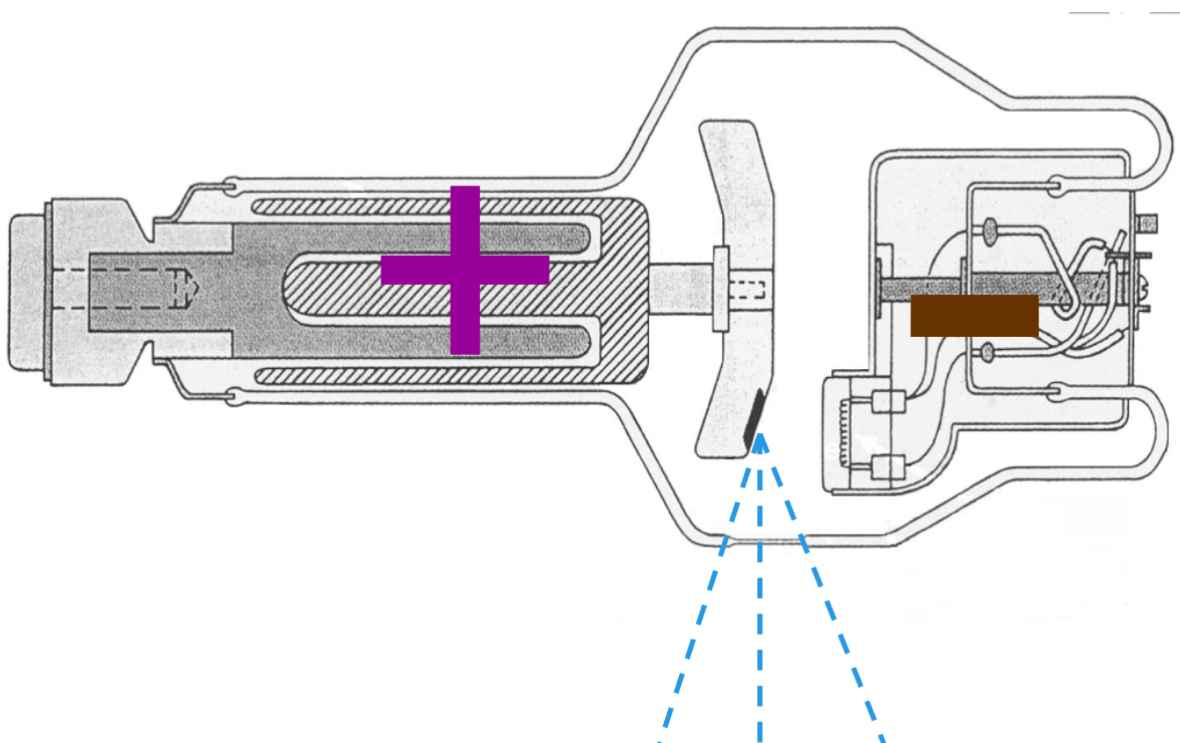X-Ray Production
1/47
There's no tags or description
Looks like no tags are added yet.
Name | Mastery | Learn | Test | Matching | Spaced |
|---|
No study sessions yet.
48 Terms
What type of wave are x-rays?
electromagnetic wave
What are 5 characteristics that all electromagnetic waves have in common?
they are in the form of a sine wave
they act like a wave & like a particle (“wave-particle duality”)
they all travel at the same speed
they can travel through a vacuum
the relationship between the wavelength and the frequency
What speed do electromagnetic waves travel at?
-the speed of light (3×10^8 meters/second)-186,282 miles/second or 6.7 × 10^8 miles per hour
Nothing has more ____ than the speed of light.
mass
What is the relationship between the wavelength and the frequency?
speed of light (3×10^8 m/s) = wavelength (meters) x frequency (cycles per second or Hertz)

What is the latin word for speed?
celeritas
Because the speed of light is constant, wavelength and frequency are _____ ______.
inversely proportional
What is the frequency of electromagnetic wave with a wavelength of 0.002 meters?
frequency (v)= 1.5 × 10^11 Hertz
A radio wave has a frequency of 2.2 × 10^9 Hertz. What is it’s wavelength?
wavelength (lambda) = 0.136 meters
The frequency of diagnostic x-rays range from ____ to _____.
3×10^19 to 6×10^18 Hz
The wavelength of ALL x-rays ranges from
0.01 to 1000 A (angstrom)
1 A (angstrom) =
10^-10 meters
Diagnostic x-rays range from ____ to ____ (A)
0.1 to 0.5 A
What is the frequency of an x-ray that has a wavelength of 0.24 A?
v (nu) = 1.25 × 10^19 Hertz
What is the wavelength (in angstroms) of an x-ray with a frequency of 9.75 × 10^18 Hz?
lambda (wavelength) = 0.308 A
List the 4 major components of an x-ray tube
glass tube or glass envelope
hot filament or cathode assembly
target or anode assembly
potential difference

Glass tube or glass envelope
(define, purpose(s))
a vacuum tube
to prevent collision of electrons with air molecules
to increase the life of the tube by preventing oxidation (rusting) of the filament

Hot filament or cathode assembly
(define, purpose(s))
negatively charged
the filament circuit heats up the filament to cause thermionic emission
produces thermions (electrons)

Target or anode assembly
(define, purpose (s))
positively charged
thermions interact with the target material to produce x-rays

Potential difference
(define, purpose(s))
produced by the tube circuit
provides the kilovolt potential difference between anode & cathode
causes the thermions to jump the gap at very high speeds

List the 2 circuits in the x-ray machine
filament or low voltage circuit (heats up the filament)
tube or high voltage circuit (provides the potential difference)
What are the two general conditions needed to produce x-rays?
a high speed electron undergoes rapid deceleration (the electron’s kinetic energy is lost)
an outer shell electron drops into an inner shell of an electron (the electron goes from a higher energy state to a lower energy state, so the energy is released in the form of an x-ray) (the energy of the x-ray is determined by the binding energy of the electron released)
What four conditions are needed to accomplish within the x-ray tube?
there must be a source of electrons
the electrons must be focused into a tight beam
there must be a high potential difference (voltage) between the cathode and anode
the high speed electrons must be stopped
Explain where the source of electrons comes from
from the filament
through the process of thermionic emission
How are electrons focused into a tight beam?
by a device called a focusing cup that is negatively charged
Explain how there is a high potential difference (voltage) between the cathode and anode
the electrons are attracted to the anode at a very high speed
How are the high speed electrons stopped?
they interact with the target or focal track of the anode
Electrons are _____ __ the filament (thermionic emission)
The electrons are _______ (about ½ the speed of light) from the cathode to the anode by the potential difference (___)
The e- will interact with the ____ atoms of the anode target.
Electrons are boiled off the filament (thermionic emission)
The electrons are accelerated (about ½ the speed of light) from the cathode to the anode by the potential difference (kVp)
The e- will interact with the tungsten atoms of the anode target.
_____ ___% of the electrons kinetic energy is converted to heat.
____ ____ __% is converted to x-rays
Over 99% of the electrons kinetic energy is converted to heat.
Less than 1% is converted to x-rays.
At the anode, what two processes can occur to create xrays?
Bremsstrahlung interactions
Characteristic interactions
Break down the meaning of Bremsstrahlung interactions
“brems” is German for braking or stopping
“strahlung” is German for radiation
“bremsstrahlung” is braking radiation
Brems interactions occur when the ______ charged electron interacts with the ______ charges nucleus of a _______ atom in the target.
When the e- comes close to the nucleus, it ____ ____ — loosing some or all of its kinetic energy.
The amount of energy lost is determined by how _____ the e- comes to the nucleus.
Brems interactions occur when the negatively charged electron interacts with the positively charges nucleus of a tungsten atom in the target
When the e- comes close to the nucleus, it slows down – loosing some or all of its kinetic energy
The amount of energy lost is determined by how close the e- comes to the nucleus
In regards to Brems interactions:
The closer to the nucleus, the more the e-is _____.
The kinetic energy lost is converted into an _____ ______.
The energy of the x-ray photon is equal to the difference between the ______ and ______ kinetic energy of the e-.
The closer to the nucleus, the more the e-is slowed.
The kinetic energy lost is converted into an x-ray photon
The energy of the x-ray photon is equal to the difference between the entering and exiting kinetic energy of the e-.
In regards to Brems interactions:
If the e- directly collides with the nucleus, it _____ all of its energy and produces the ______ energy x-ray (kVp).
X-rays of all energies are created.
Brems x-rays are _______ and _______.
They are _________ in energy and wavelength.
A single e- can cause _____ brems interactions.
If the e- directly collides with the nucleus, it looses all of its energy and produces the maximum energy x-ray (kVp).
X-rays of all energies are created
Brems x-rays are heterogenous and polyenergetic.
They are non-uniform in energy and wavelength
A single e- can cause numerous brems interactions.
Characteristic Interactions will occur when the incident e- interacts with an ____ shell electron of the _____ target.
As long as the e- has more kinetic energy than the ______ energy of the orbital e-, it will _____ the orbital electron from its shell.
The atom will be ______.
Characteristic Interactions will occur when the incident e- interacts with an inner shell electron of the tungsten target.
As long as the e- has more kinetic energy than the binding energy of the orbital e-, it will eject the orbital electron from its shell.
The atom will be ionized.
In regards to Characteristic Interactions:
The missing electron will cause the atom to become ______.
An e- from an ____ shell will drop into the hole.
Another e- will drop into the ____ created hole, etc.
This is known as what effect?
The missing electron will cause the atom to become unstable.
An e- from an outer shell will drop into the hole.
Another e- will drop into the newly created hole, etc.
“Cascade Effect”
In regards to Characteristic Interactions:
The outer shell e- is _______ from a higher energy state to a lower energy state, so energy must be ______.
This energy is in the form of an ____ ______.
The x-ray will have the same energy as the ______ energy of the shell that the electron is dropping into.
The outer shell e- is dropping from a higher energy state to a lower energy state, so energy must be released.
This energy is in the form of an x-ray photon.
The x-ray will have the same energy as the binding energy of the shell that the electron is dropping into.
The K-shell of a tungsten atom has a binding energy of ____.
The L-shell of tungsten atom has a binding energy of ____.
The M-shell has a binding energy of _____.
The K-shell binding energy of molybdenum is _____.
The K-shell of a tungsten atom has a binging energy of 69.5 keV.
The L-shell of a tungsten atom has a binding energy of 12.1 keV.
The M-shell has a binding energy of 2.8 keV.
The K-shell binding energy of molybdenum is 20 keV.
kV (kilovolt) is a unit of _____ ______
potential difference (difference in charge between anode and cathode, gives the electrons the velocity)
keV (kiloelectron-volt) is a unit of _____.
1 eV =
energy
1eV= the energy of 1 electron in a potential difference of 1 volt
Example: 70 kV can produce a few x-rays with a maximum energy of ________ (kilovolt peak or kVp)
The average energy of the beam is about _____ of the maximum.
70 kV can produce a few x-rays with a maximum energy of 70 keV (kilovolt peak or kVp)
The average energy of the beam is about 1/3 of the maximum.
Between 80 and 100 kVp, 90% of the x-rays produced are _________ and 10% are _______.
Below 70 kVp:
100% ________,
0% ______
Between 80 and 100 kVp, 90% of the x-rays produced are bremsstrahlung and 10% are characteristic
Below 70 kVp:
100% bremsstrahlung
0% characteristic
List the two reasons why Tungsten is used as the target material because:
1) it has high atomic number (74) which produces useful characteristic radiation (69.5)
2) it has a high melting point
pure tungsten - 3370 Celsius
thoriated tungsten - 3420 Celsius
How is the efficiency of the x-ray tube determined?
E= K x Z x kVp
Efficiency is calculated as the _____ of the energy that is converted into x-rays.
K (constant) =
Z=
Efficiency is calculated as the percentage of the energy that is converted into x-rays.
K (constant) = 1 × 10^-4
Z = atomic number of the target material
What is the efficiency of an x-ray tube using a tungsten target at 80 kVp?
E= 0.59%
Using a tungsten target, what kVp will produce a tube efficiency of 1%?
135 kVp
What is the efficiency of an x-ray tube using a bismuth target (z=83) at 100 kVp?
E= 0.83%